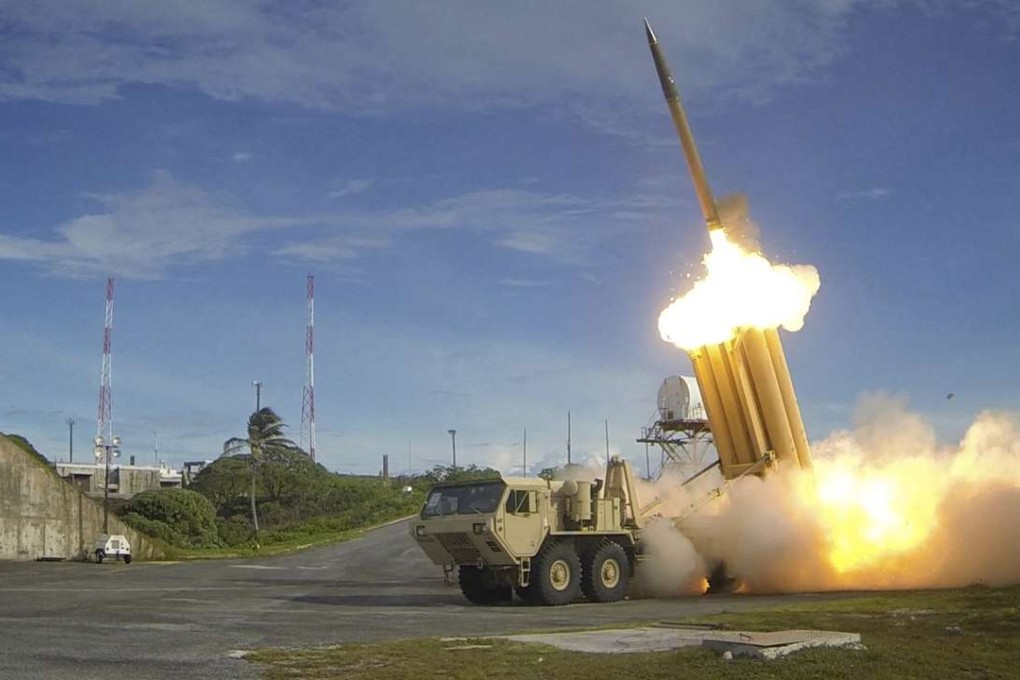
China’s increasing assertiveness in the East China Sea and a growing threat from North Korea’s missile development programme are pushing Japan to ramp up its own military capabilities, independently of the United States.
Last week, Japan announced plans to accelerate the deployment of the US-made anti-missile Terminal High Altitude Area Defense (THAAD) following the landing of a North Korean Rodong intermediate-range ballistic missile 250km off its coast on August 3.
That was followed by reports that Japan would also deploy a new missile system near Okinawa in response to frequent Chinese incursions into waters around the disputed Diaoyu islands – known in Japan as the Senkakus.
Japan is host to 84 US military installations, second only to Germany in number, including a THAAD facility near the ancient capital of Kyoto. But despite being under the umbrella of the US-Japan Security Alliance, the rising danger emanating from North Korea has convinced the government and defence ministry in Tokyo that the country needs its own capability to shoot down missiles, and needs it soon.
Before the THAAD announcement, South Korea had said Japan could share information gathered from the THAAD system it is jointly installing with the US. That was a reversal of previous pronouncements from Seoul and signalled growing cooperation with Tokyo. But since relations between the two US allies have been volatile in recent years, some feared an agreement could be short-lived. China’s growing military might appears for now to be pulling them closer together.
